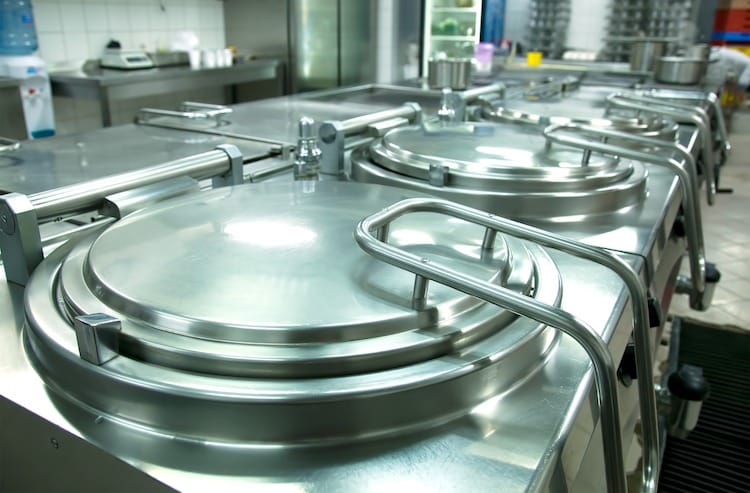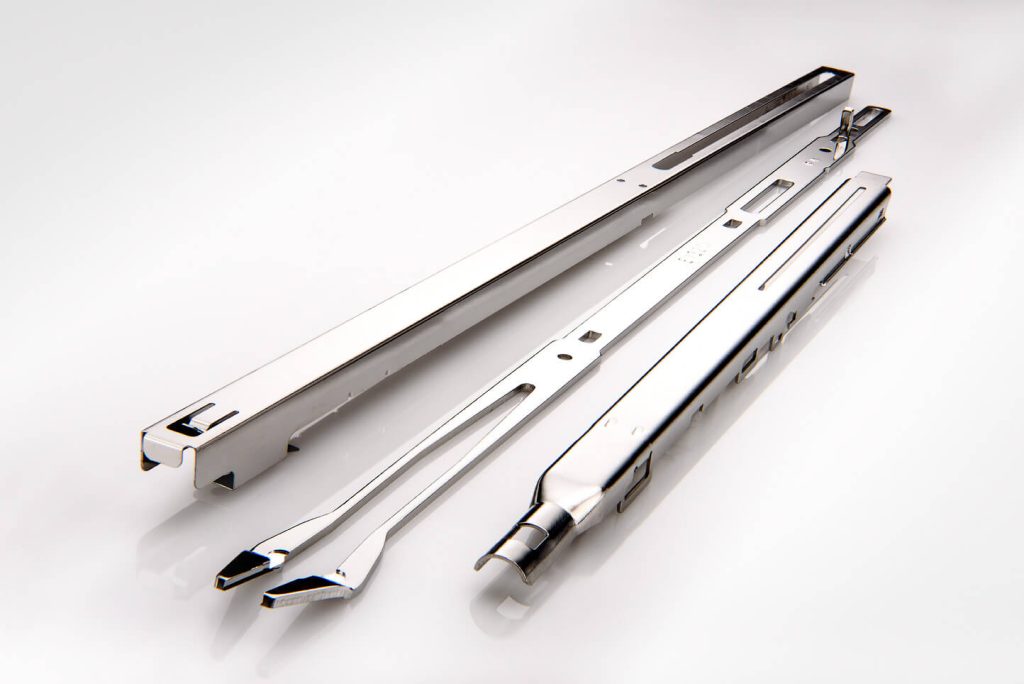Citric Acid Passivation: Addressing Corrosion Challenges in the Food and Beverage Industry
In the food and beverage industry, ensuring hygienic, durable, and corrosion-resistant equipment is critical for maintaining safety, product quality, and regulatory compliance. Stainless steel is the material of choice for much of this industry, but its performance can be significantly enhanced through citric acid passivation of stainless steel.
This advanced surface treatment improves the corrosion resistance and cleanliness of stainless steel, making it ideal for food processing and storage applications where sanitation is paramount.

The Corrosion Challenges in Food and Beverage Processing
Corrosion in food-grade stainless steel equipment poses significant risks, including:
- Contamination Risks: Corroded surfaces can harbor bacteria, jeopardizing food safety.
- Equipment Degradation: Pitting and rust weaken equipment, leading to costly repairs or replacements.
- Regulatory Violations: Strict FDA and USDA standards demand corrosion-resistant surfaces to ensure sanitary operations.
Citric acid passivation of stainless steel is a proven method to address these challenges by enhancing the material’s natural resistance to corrosion.
How Citric Acid Passivation Works
The process of citric acid passivation involves using citric acid to remove free iron and contaminants from the stainless steel surface. This treatment forms a passive chromium-rich oxide layer that provides:
- Enhanced Corrosion Resistance: Ideal for humid or acidic environments.
- A Smooth, Hygienic Surface: Easier to clean and resistant to bacterial buildup.
- Eco-Friendly Benefits: Citric acid is non-toxic and biodegradable, making it a sustainable alternative to harsher chemicals like nitric acid.
Hygiene and Compliance Through Passivation
Food safety and hygiene are top priorities in the food and beverage industry. Citric acid passivation of stainless steel ensures equipment meets these demands by:
- Minimizing Contamination: Removes impurities and smooths the surface to reduce areas where bacteria can grow.
- Improving Durability: Protects against corrosion caused by cleaning agents, acidic foods, and high moisture levels.
- Meeting Regulatory Standards: Ensures compliance with FDA and USDA guidelines for food-grade materials.
These benefits make citric acid passivation indispensable for food and beverage processing equipment.
Applications in the Food and Beverage Industry
Citric acid passivation of stainless steel is commonly used in:
- Storage Tanks: Prevents corrosion when exposed to acidic or salty products.
- Processing Equipment: Creates a sterile surface for mixing, cooking, and packaging.
- Piping and Valves: Ensures long-term resistance to wear and chemical exposure.
- Conveyor Systems: Protects against corrosion in high-moisture production environments.
By treating these components, businesses can extend equipment life, reduce maintenance costs, and maintain strict hygiene standards.
Conclusion
For the food and beverage industry, corrosion resistance and cleanliness are non-negotiable. Citric acid passivation of stainless steel is an effective, sustainable solution for improving the performance and longevity of food-grade equipment.
Whether you’re upgrading existing systems or investing in new equipment, citric acid passivation ensures your stainless steel components meet the highest standards of hygiene and durability.
Contact New England Electropolishing today to learn how citric acid passivation can protect your equipment and enhance your operations.
Electropolishing Resources

What is Electropolishing?
Electropolishing is an electrochemical and reverse plating process that removes the outer layer of skin on a metal...

The Electropolishing Process
The electropolishing process is initiated by immersing a metal part into a temperature-controlled bath of electrolyte...

Benefits of Electropolishing
Curious about the benefits of putting your parts through the electropolishing process? Read along below where we...

How Much Material Does Electropolishing Remove?
Electropolishing, when done properly is a highly controllable process which removes as little as...

How Much Will Electropolishing Improve the Surface Finish of My Part?
Ra and RMS are both representations of surface roughness. Ra is calculated as the roughness average of a surface’s...

Electropolishing Frequently Asked Questions
Learn the difference between electropolishing and electroplating as well as how the electropolishing process works...

What is ASTM B912?
ASTM B912 is an industry standard for the passivation of stainless steel alloys through electropolishing...

What is ASTM A967?
ASTM A967 is an industry standard specification for the chemical passivation treatments for stainless...

What is ISO 13485?
ISO 13485 is a standard that applies specifically to medical devices. ISO 13485 is designed to be...
